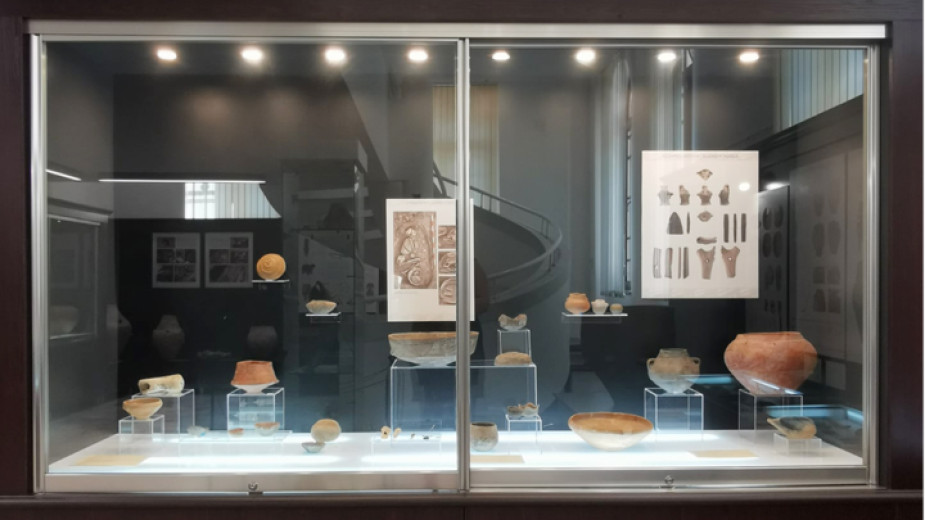 13
13








Photos: Gergana Mancheva, Pomorie History Museum, facebook.com/kozareva.mogila
Founding a Bulgarian Orthodox parish thousands of kilometers away from the homeland is no easy task, especially when the Bulgarian diaspora is scattered across vast distances. In Bulgaria we take for granted that every neighborhood in a large city has..
The Urvich Fortress continues to reveal its secrets from the time when Sofia was Roman Serdica. A triangular stone tower dating back to the end of the 2nd century was discovered by young archaeologists Dr. Filip Petrunov and..
In Northeastern Bulgaria the river Rusenski Lom and its tributaries – Cherni, Beli and Malki Lom – have carved out a rugged rocky landscape with hidden caves and hushed valleys where the only sound is that of the birdsong. People have settled in..

+359 2 9336 661
